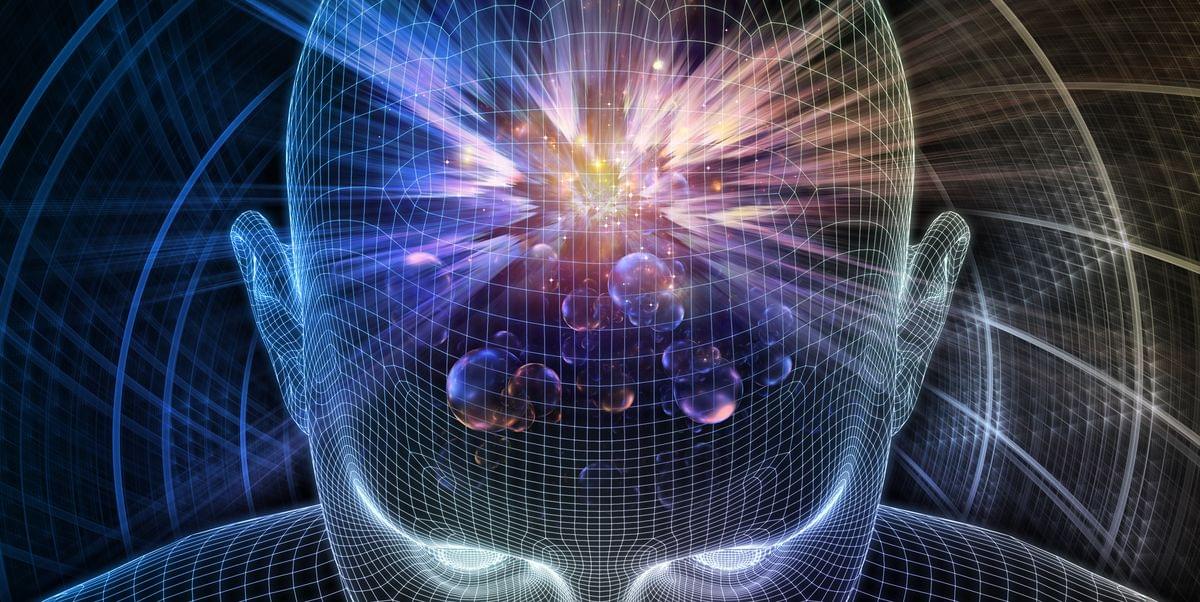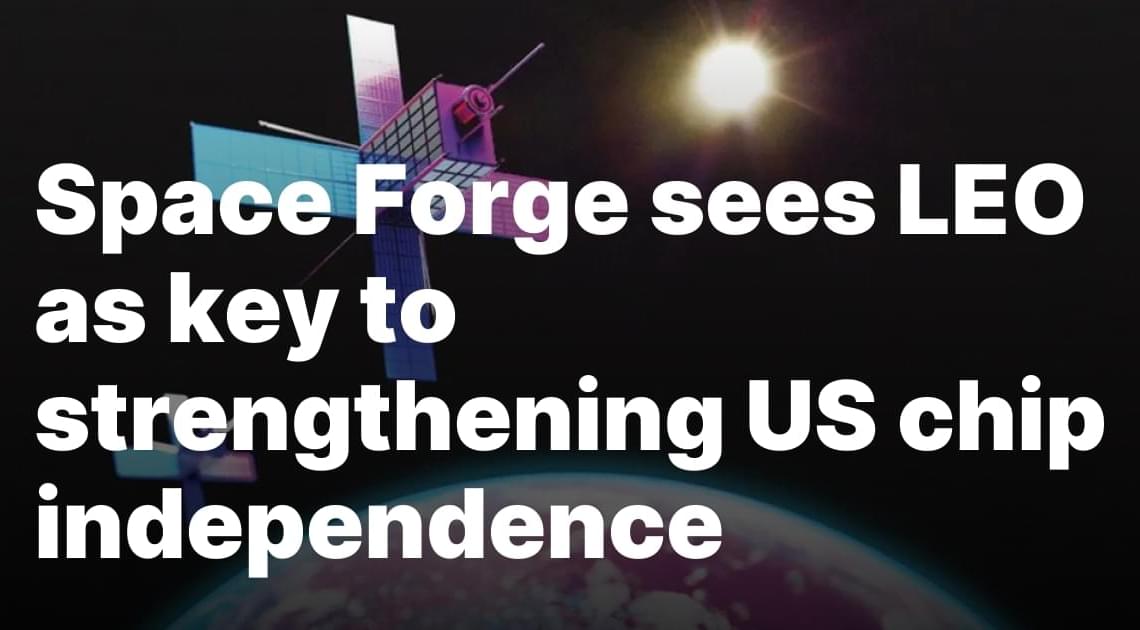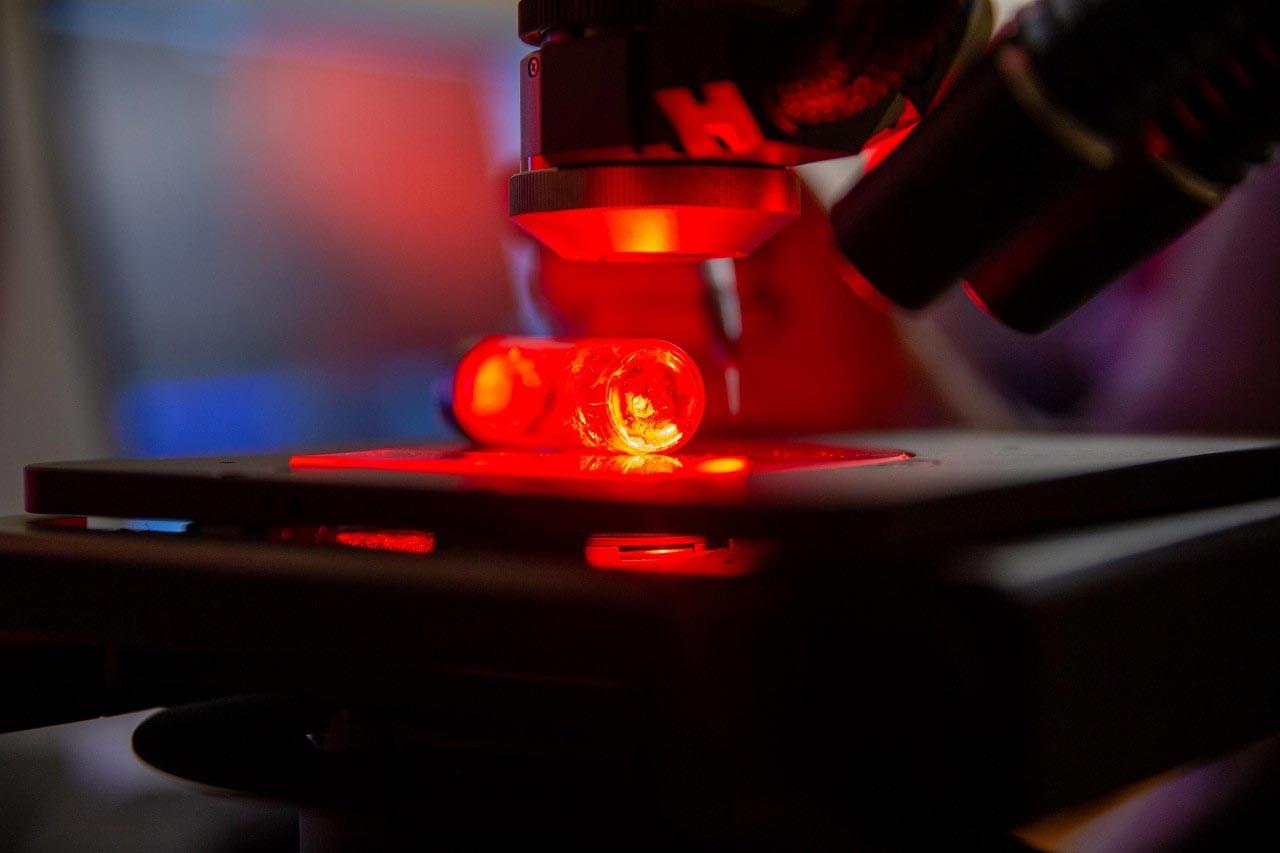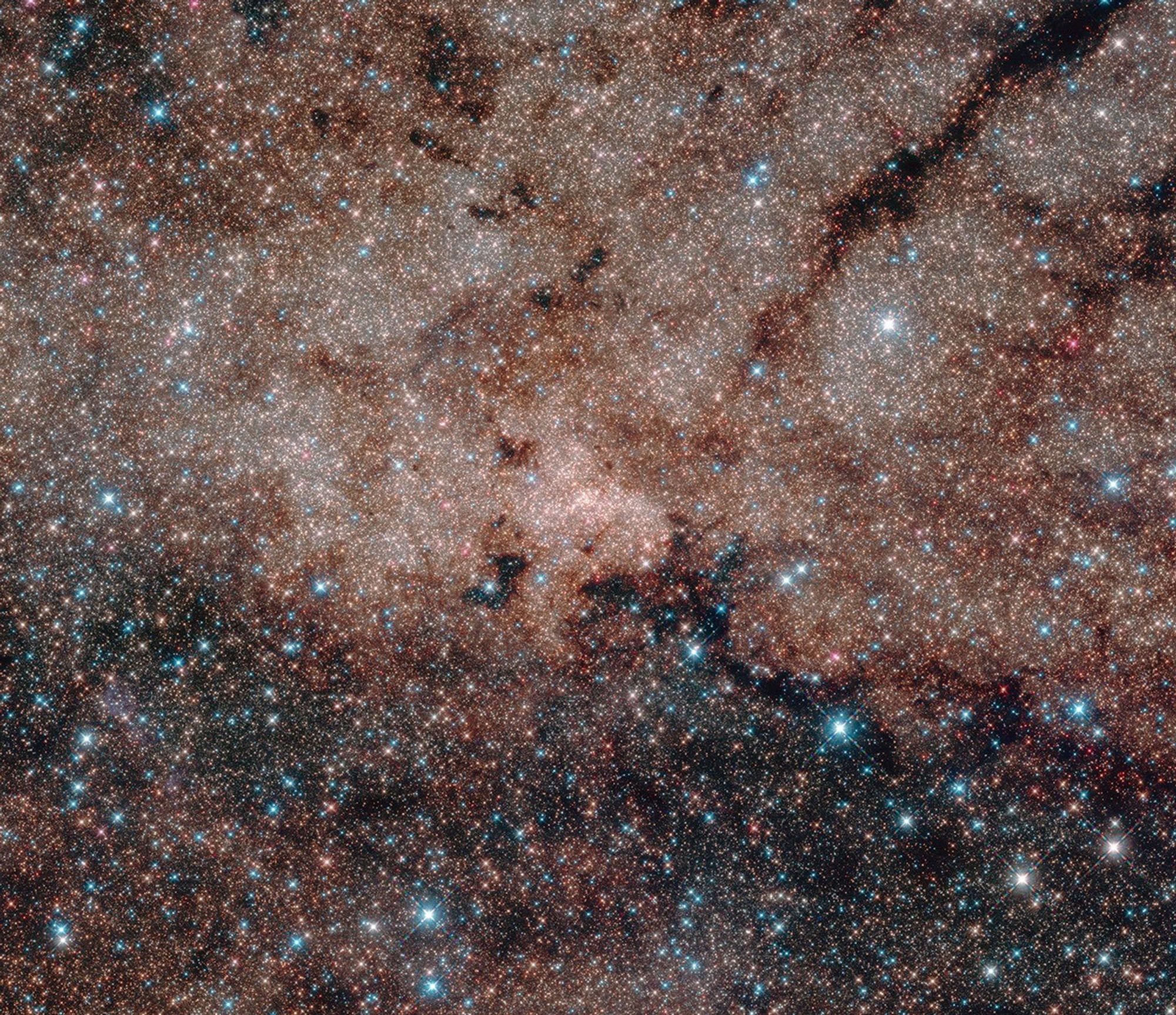A new model has been developed to simulate interstellar activity within our solar system and the nearby Alpha Centauri system. Interstellar material has been found within our solar system, but scientists are still working to determine its origin and how it arrived here. A recent study from Wes
Category: space – Page 95


Space Forge sees LEO as key to strengthening US chip independence
TAMPA, Fla. — British in-orbit manufacturing venture Space Forge has appointed technology veteran Atul Kumar to set up a semiconductor business in the United States, aiming to bolster domestic chip production as efforts to reduce reliance on foreign suppliers gather pace.
Kumar, a materials scientist with more than two decades of experience in the sector, is tasked with developing manufacturing operations under Space Forge’s U.S. subsidiary to support the terrestrial and in-space growth of semiconductor substrates, the company announced April 10.
The move comes as the U.S. ramps up efforts to reduce its dependence on chips from abroad, driven by supply chain disruptions, national security concerns and mounting trade tensions — particularly with China.

True commercial alternatives for strategic communications and PNT don’t exist — yet
COLORADO SPRINGS – Military space leaders continue looking for ways to inject commercial technologies into their architectures. For strategic communications and positioning, navigation and timing, though, true commercial alternatives may not exist.
That was one takeaway from an April 8 press briefing with Space Systems Command (SSC) officials.
“We will continue to leverage more and more commercial wherever possible,” said Charlotte Gerhart, deputy director of SSC’s Military Communications and Positioning, Navigation & Timing Directorate. “That doesn’t mean everything that commercial has fits every single need.”

Space Force chief: ‘Golden Dome’ is a missile shield built in pieces, not a single system
COLORADO SPRINGS — The head of the U.S. Space Force sought to clear up confusion about the Trump administration’s ambitious missile defense initiative known as Golden Dome, emphasizing that it represents a complex network of systems rather than a single procurement program.
“It’s not a system. There’s not going to be a ‘Golden Dome delivered,’” Gen. Chance Saltzman, chief of space operations, said April 9 at a news conference during the Space Symposium. “It’s a system of systems that has to work together. And so there won’t be a single contract vehicle. There will be multiple programs that are brought to bear to solve that mission against the threats.”
The Golden Dome initiative, established through a White House executive order, aims to create a comprehensive shield protecting the United States against an array of missile threats, including ballistic, hypersonic and advanced cruise missiles.

Torn by Gravity: How a Cosmic Tug-of-War Is Pulling a Nearby Galaxy Apart
Astronomers have discovered that the Small Magellanic Cloud, a nearby dwarf galaxy, is being torn apart by the gravitational pull of its larger neighbor, the Large Magellanic Cloud.
By tracking thousands of massive stars, researchers found that the galaxy lacks rotational motion and shows signs of disruption, which could dramatically shift our understanding of how galaxies interact and evolve. This discovery offers a rare real-time look into the cosmic tug-of-war that may have shaped galaxies in the early universe.
Gravitational Tug-of-War Between Galaxies.
New AI Algorithm Analyzes Neutron Star Collisions 3,600x Faster Than Traditional Methods
A machine learning method has the potential to revolutionize multi-messenger astronomy. Detecting binary neutron star mergers is a top priority for astronomers. These rare collisions between dense stellar remnants produce gravitational waves followed by bursts of light, offering a unique opportunit

Mike Duncan chronicles the history of the future Martian Revolution
Podcast host Mike Duncan on how studying real-world history helped him imagine what a ‘Martian Revolution’ could look like.